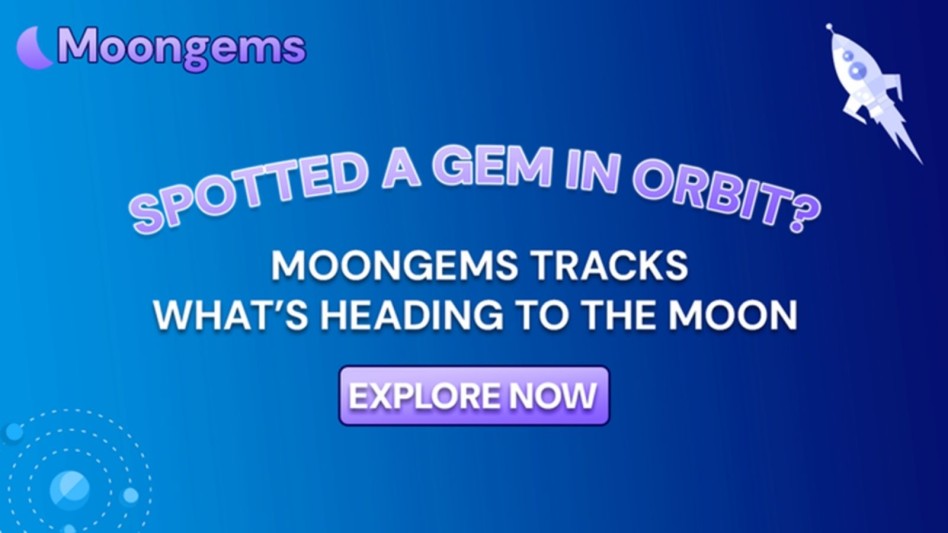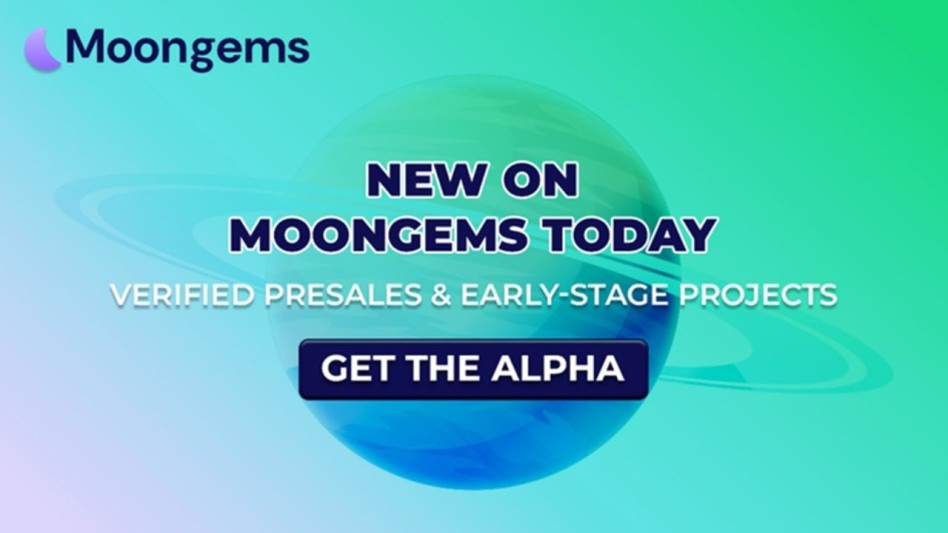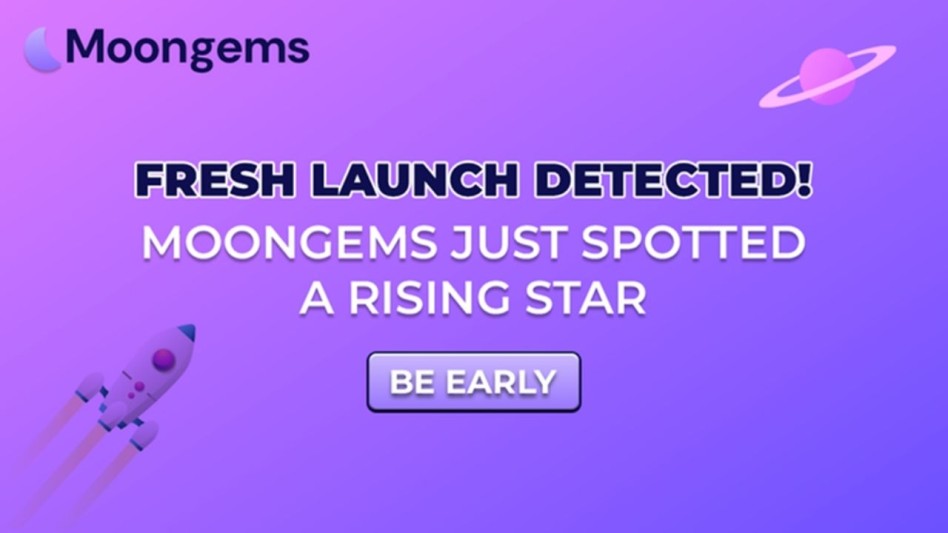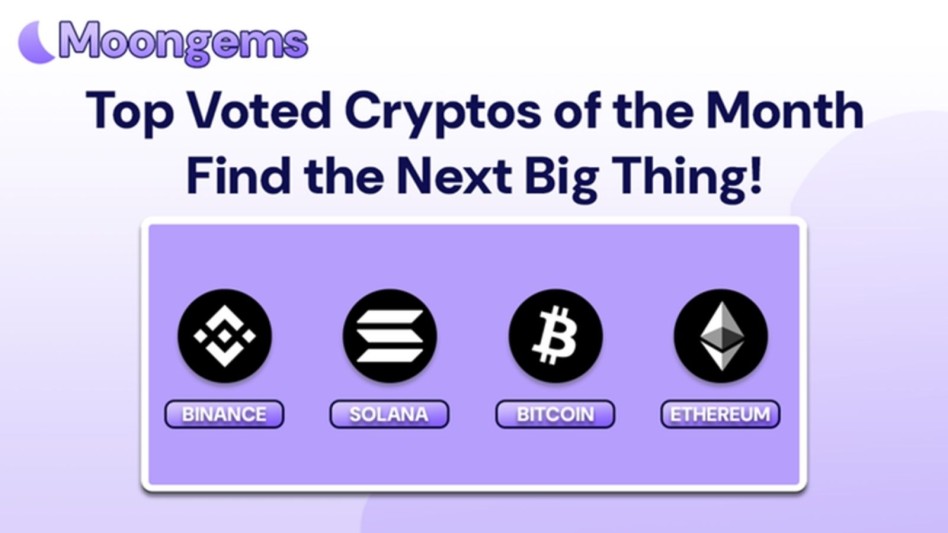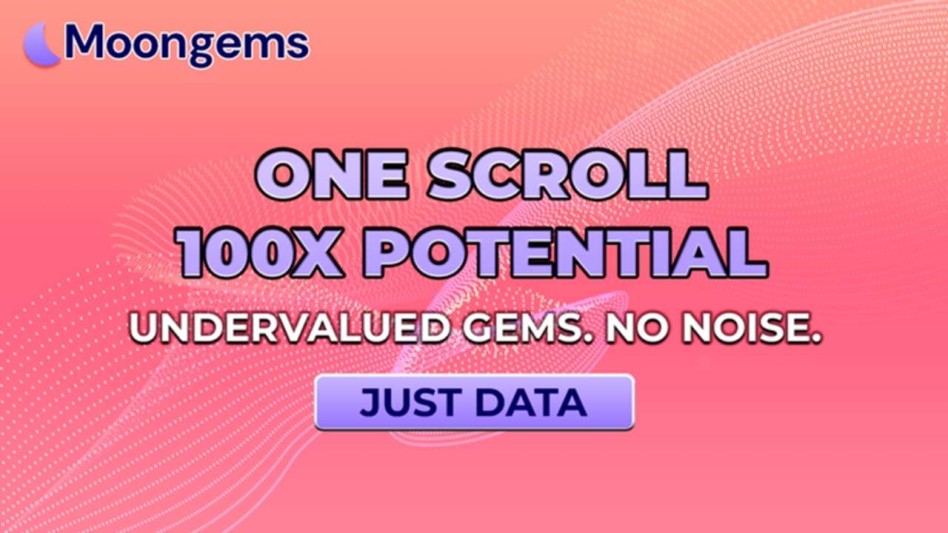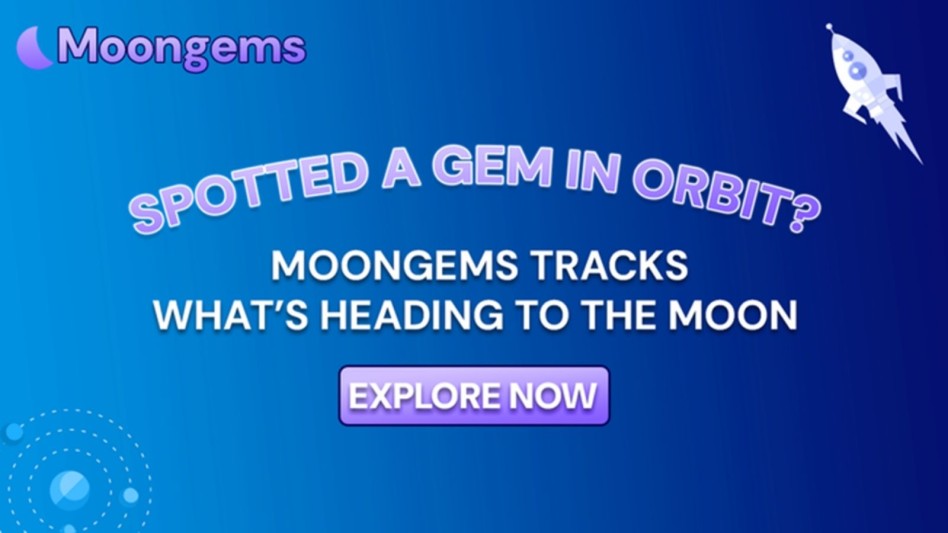Author: Jawad Hussain – Crypto Analyst & Web3 Researcher | 9+ years tracking presales, IDOs, and token launches. Follow him on X (formerly known as Twitter) and LinkedIn.
Every presale investor dreams of buying low and selling high. It’s the story that makes headlines; the $1,000 investment that turns into $100,000 overnight. But beneath the hype, there’s an often overlooked mechanic quietly shaping how those returns actually play out: vesting.
Vesting is supposed to protect projects from chaos. Instead of all tokens flooding the market on day one, they unlock gradually. This sounds great in theory, but in practice, 2025 has turned vesting into a double-edged sword. While small investors wait patiently for their monthly drip of tokens, insiders and whales have found clever ways to bypass restrictions, cashing out early and leaving retail wondering what went wrong.
If you’ve scrolled through Telegram or X lately, you’ve seen the frustration: “Why am I locked into a 5% monthly unlock while insiders are already selling?” That frustration isn’t paranoia, it’s reality. Vesting hacks are everywhere, and they’re reshaping ROI across the presale landscape.
MoonGems has tracked hundreds of presales this year, and the data is clear. Vesting models are no longer simple. They’ve grown adaptive, dynamic, and in some cases, deliberately opaque. Insiders are using OTC deals, token wrapping, and staking loopholes to extract value before retail ever has a chance. But knowledge is leverage. If you understand how vesting works, and how it’s exploited, you can make smarter decisions, avoid traps, and even use vesting mechanics to your advantage.
This article breaks down what vesting is, how it has evolved in 2025, the most common hacks insiders use, and strategies retail investors can apply to protect their ROI. Along the way, we’ll share real-world case studies and highlight how MoonGems equips investors to navigate one of the trickiest but most important parts of presale investing.
What Is Vesting and Why Does It Matter?
In its simplest form, vesting is a token release schedule. Instead of receiving 100% of your allocation on day one, you might get 10% at the Token Generation Event (TGE) and then 5% each month for a set period. The purpose is to reduce immediate selling pressure and give the project time to develop without its token price collapsing.
For projects, vesting means stability. For investors, it means delayed liquidity. And delayed liquidity means ROI is no longer just about entry price, it’s about how and when you’re actually allowed to sell.
The Evolution in 2025
Fast forward to 2025, and vesting isn’t just linear anymore. New models have emerged, including:
- Dynamic Vesting: Unlocks tied to project milestones like mainnet launches or partnerships. If the milestone is delayed, so is your liquidity.
- Adaptive Vesting: Unlock schedules linked to trading volume. If volume is low, tokens unlock slower. If volume spikes, they unlock faster; usually benefiting whales who can influence volume.
- Hybrid Vesting: Unlocks tied to staking participation. Investors who stake get faster access, while those who don’t are penalized with slower releases.
On the surface, these models look innovative. In reality, they create uncertainty. Retail investors don’t always know when they’ll have access to their tokens, and insiders with better information can plan around the rules. MoonGems data shows that projects using adaptive or hybrid models tend to see higher insider ROI, while retail ROI is often diluted.
The Rise of Vesting Hacks
OTC Deals That Bypass Lockups
The most common vesting hack is the off-the-books OTC deal. Whales sell their locked allocations as IOUs at a discount to private buyers. Retail investors on exchanges end up paying higher prices, unaware that supply is already leaking into the market months before official unlocks begin.
Token Wrapping
Token wrapping has become one of the cleverest workarounds in 2025. Locked tokens are converted into derivative assets that can be staked, lent, or even sold. On-chain, the original tokens remain “locked,” but insiders have already extracted liquidity through the wrapped versions. Retail investors often have no visibility into these structures.
Staking During Vesting
Many presales offer staking rewards even for vested tokens. While this sounds like a benefit, whales dominate the system by staking millions. They compound their rewards and dump unlocked staking payouts on the market. MoonGems’ research shows insiders capture the bulk of these rewards, while retail gains are negligible.
These hacks don’t break the rules outright, they bend them. And because they’re complex, retail investors often don’t realize what’s happening until their ROI suffers.
How Retail Investors Can Adapt
Read the Vesting Terms Carefully
Most retail investors skip straight to token price and allocation. That’s a mistake. Understanding whether a presale uses linear, milestone-based, or adaptive vesting is crucial. MoonGems reports now include detailed vesting breakdowns because the difference between a 12-month linear schedule and a milestone-based unlock can be night and day for ROI.
Track Whale Behavior
The blockchain is transparent. If you want to see vesting hacks in action, follow whale wallets. OTC deals, wrapped token transfers, and staking inflows leave traces. MoonGems’ Whale Tracker makes this easier by flagging suspicious activity that could impact retail ROI.
Align Strategy With the Model
Not all vesting is bad. Long schedules can create stability once insiders are fully vested. If you’re patient and align your strategy with the vesting model, you can benefit when supply overhang clears and demand builds. The key is knowing whether your presale rewards short-term flips or long-term holds.
Conclusion
Vesting isn’t a minor detail in presales. In 2025, it’s one of the most decisive forces shaping ROI. While retail investors often feel trapped by long schedules and slow unlocks, insiders are using hacks like OTC deals, token wrapping, and staking loopholes to extract liquidity early.
But retail doesn’t have to be left behind. By studying vesting terms, monitoring whale behavior, and aligning strategies with unlock models, investors can turn vesting from a trap into a tool. MoonGems provides the data and tools to level this playing field, helping retail understand how presale mechanics really work.
Presale success in 2025 isn’t just about getting in early. It’s about knowing when, and how, you’ll actually be able to get out.
Frequently Asked Questions
- What is vesting in a crypto presale?
Vesting in a crypto presale is the timeline that decides when investors can actually access and sell their tokens after buying in early. Instead of handing over 100% of tokens at launch, projects use vesting schedules to slowly release them. This helps prevent massive dumps that could crash the price and ensures long-term stability. For example, Ethereum’s ICO investors had to wait until the network launch in 2015 to access their ETH, which gave the project breathing room to grow without immediate sell-offs.
- How do vesting hacks affect retail ROI?
“Vesting hacks” happen when insiders or private investors find ways to bypass or exploit the lockup rules, usually through OTC deals or special terms. This puts retail investors at a disadvantage because insiders can cash out early, often before retail unlocks even begin. The result? Retail ROI takes a hit as sell pressure enters the market earlier than expected. Solana’s early unlock deals are a well-known example, where retail holders were forced to watch the price dip while insiders had liquidity.
- What’s the difference between linear and adaptive vesting?
Linear vesting means tokens are unlocked gradually over a fixed timeline, like a small percentage every month. Adaptive vesting, on the other hand, changes depending on project milestones or conditions. For instance, a project may release tokens only after a major update goes live, or unlock faster if you stake your tokens. Linear vesting is predictable and easy to understand, while adaptive vesting can be fairer in theory but harder for retail investors to plan around.
- Can retail investors benefit from long vesting schedules?
Yes — but it depends on the project’s success. Long vesting schedules keep supply tight, which can support prices in the long run. For example, Avalanche’s staggered releases aimed to stabilize early trading, though insiders still had an edge. For retail investors willing to hold and play the long game, long vesting can mean higher ROI once the project matures. But the flip side is obvious: if the project fails or loses hype, you’re stuck with locked tokens you can’t unload.
- How do OTC presale token deals work?
OTC (Over-the-Counter) presale token deals are private transactions where insiders or early investors sell their tokens outside of public exchanges, often before vesting fully unlocks. These deals let insiders get liquidity early while bypassing official schedules. Retail rarely gets access to these opportunities, which is why OTC deals are controversial — they can create unfair advantages and distort token markets.
- Is staking during vesting good for small investors?
Staking during vesting can be a solid option for small investors because it allows you to earn yield on tokens that would otherwise just sit locked. Some projects let you “stake-and-vest,” meaning your locked tokens still generate rewards. However, it comes with risks: if the project collapses or token value tanks, the yield won’t save you. Still, for strong, transparent projects, staking during vesting can be a way for retail to squeeze extra value out of their position.
- How does MoonGems help track vesting schedules?
MoonGems provides tools and research that track presale vesting schedules across multiple projects in real time. Instead of hunting through dense whitepapers, investors can see clear calendars of upcoming token unlocks and analyze how those events may impact retail ROI. MoonGems also highlights whether insiders have different terms, giving retail investors the knowledge they need to avoid being blindsided by sell pressure. In short, it levels the playing field for the everyday investor.
Glossary of Key Terms
Vesting: A schedule that unlocks tokens gradually over time.
Cliff: The initial period when no tokens are released.
OTC (Over-the-Counter): Private, off-exchange deals used to sell locked tokens.
Token Wrapping: Converting locked tokens into derivatives to bypass restrictions.
APY (Annual Percentage Yield): Return from staking calculated yearly.
Disclaimer
This article is for educational purposes only and should not be considered financial advice. Cryptocurrency investing, including presales, is highly speculative and risky. Always do your own research (DYOR) and consult a qualified financial advisor before making investment decisions. MoonGems provides research and insights but does not guarantee outcomes.
Article Summary
This MoonGems analysis explored how vesting has evolved in 2025 from simple linear models to complex adaptive structures. It highlighted common hacks insiders use to extract liquidity early, such as OTC deals, token wrapping, and staking loopholes. Case studies showed how vesting mechanics shape ROI outcomes for retail investors. With the right strategies and tools, investors can adapt to these shifts and protect their gains.



